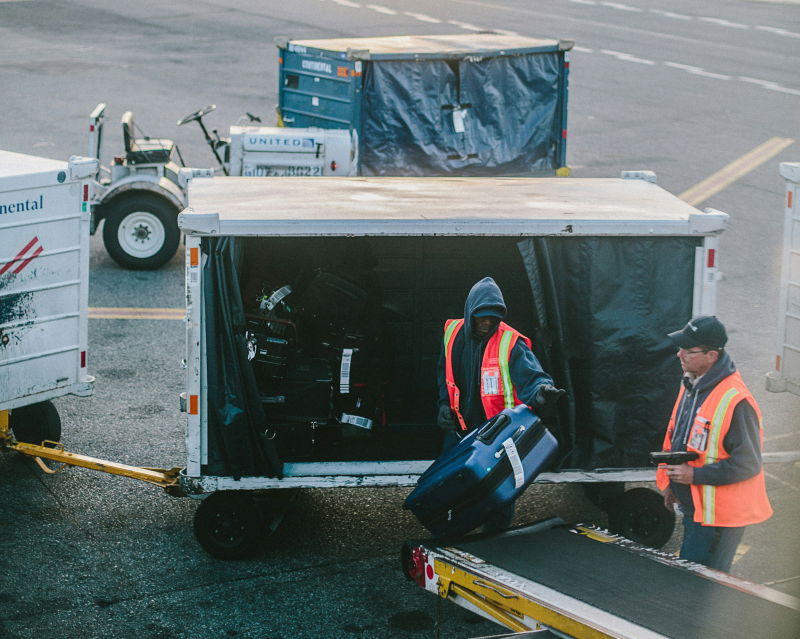Airlines Are Cracking Down Carry-On Bag Allowance Abuse

Featured image: Calle Macarone/Unsplash | CC0 1.0 Universal
Now that I have your attention, it’s time to get re-acquainted with your airline’s carry-on baggage allowances.
There’s been a lot of talk about U.S. airlines suddenly cracking down on carry-on baggage allowances at the gate. Across social media, quite a few customers flying on various carriers have talked about gate agents being much stricter with what they can or cannot carry on.
The reality is these rules have not changed, but as Johnny Jet notes, gate staff are more actively enforcing the limits that have always existed for however long. Also, as a number of airlines including Delta, American, United and a few others have bumped up their checked bag fees, they’ll want to ensure customers aren’t becoming too creative to skirt around those fees.
As it stands, airlines already make a pretty penny from baggage fees. A study conducted by ancillary revenue specialists IdeaWorks revealed that airlines made over $33 billion on baggage fees alone in 2023, a slight bump over the $32.9 billion made in 2019.
The price increase however isn’t terribly dramatic when you factor in the cost of inflation over the past 5-6 years. The increase pretty much falls in line with the cost of doing business since they last raised bag fees in 2018.
However, I can’t blame customers for thinking that bag fees are expensive because some one way fares could be as cheap as $100, with just one checked bag tacking on another $40 to the fare. Also, it’s way easier to travel with just carry-on bags on short trips as you save so much time not having to deal with drop off and collection.
I’ve made it a habit of traveling with carry-on bags only for the past few years, but I slowly started slacking on checking the weight of my bag, and was caught off guard last year after they asked the weigh the bag. Of course it was overweight by 10 lbs, and I was forced to pay up as I already had two carry-on items in hand.
How to avoid issues with carry-on bags

As stated above, familiarize yourself with the weight, number and size allowances set by the airline you’re flying. If you’re connecting across multiple carriers, your limits will be most likely dictated by those with the smallest allowances. Again, this is something that is spelled out in the terms and conditions of your flight.
The days of bringing your house, land and kitchen sink in your carry on might not be over yet, but airlines are being more serious about how much you can carry on board, so don’t act surprised if they stop you for trying to carry on too many items.
Spread your items between your main carry-on and a personal bag. You can get away filling up your personal bag once it fits under the seat, but if the gate agent feels your main carry-on is out of spec, they will force you to gate check it.
If you’re walking with items like snacks, water bottles, neck pillows in your hand, stuff those into your carry-on or personal bag until you board. Gate agents may most likely tell you to either pack it away or discard of the item, so save yourself the hassle from the get go.
Depending on the airline, you could gate check your bags for free if the offer is presented. Just make sure to keep the most important essentials on you like your medication and electronics.
If you have an airline-branded card or airline status, there is a good chance that you might be able to check bags for free. If you aren’t in a rush, use this perk, because you’re technically paying for it to be a feature on your card.



